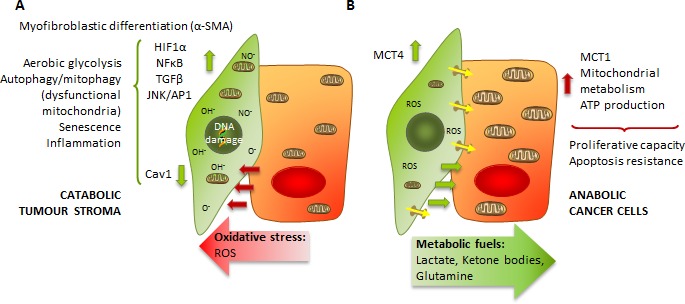Figure 1. The catabolic tumour stroma phenotype.

A. ROS production by rapidly proliferating cancer cells generates oxidative stress to surrounding stromal cells, which induces changes in them such as CAF transformation, activation of HIF1, NFkB, TGFβ or JNK/AP1 signalling pathways, a switch to aerobic glycolysis and mitochondrial dysfunction, autophagy and senescence and release of inflammatory cytokines: the catabolic tumour stroma phenotype. B. Due to increased glycolysis and autophagy, there is a higher production of energy-rich metabolites such as lactate that are secreted by stromal cells and taken up by cancer cells, which use them to fuel their mitochondrial metabolism and ATP production.
